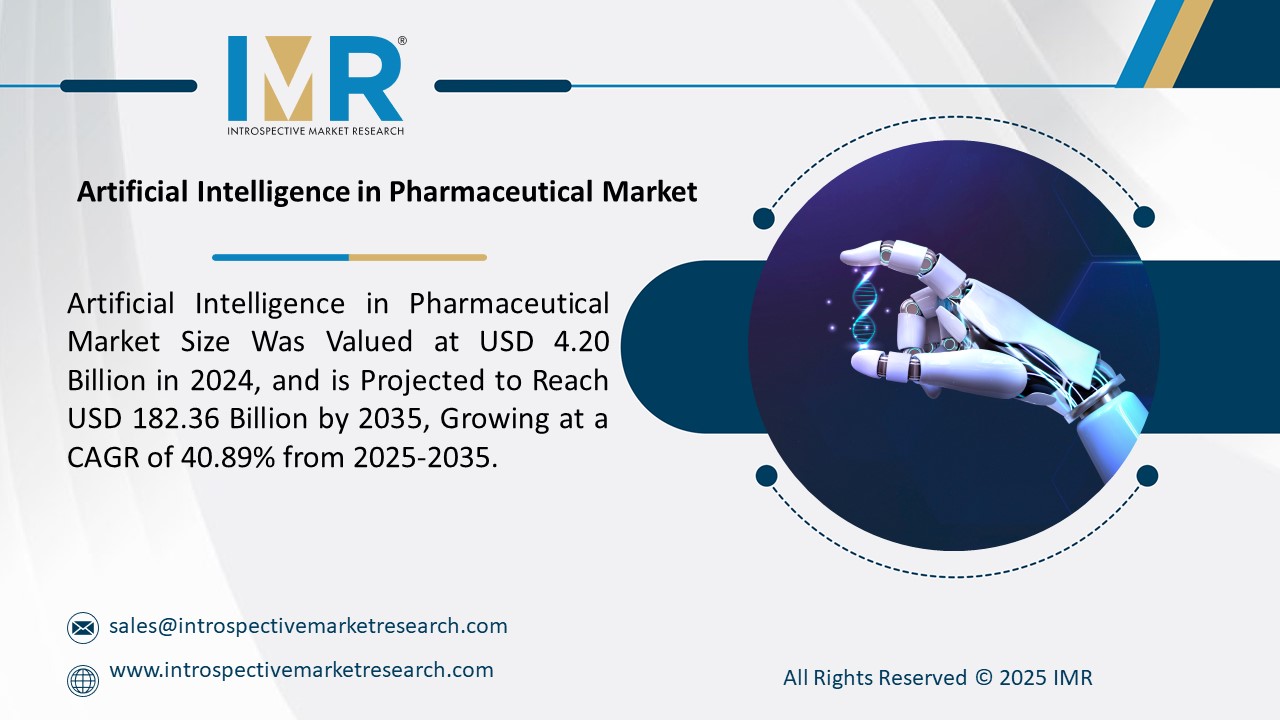Global Neurotechnology Market Overview:
The Global Neurotechnology Market size is expected to grow from USD 12.88 billion in 2022 to USD 30.92 billion by 2030, at a CAGR of 11.57% during the forecast period (2023-2030).
Neurotechnology stands as a cutting-edge innovation employed to monitor and influence neural processes. This technology is seamlessly integrated with electronic devices, aiming to enhance, regulate, and restore brain functionalities. The overarching objectives of neurotechnologies encompass the manipulation of external apparatuses, such as neuroprosthetics, via the interpretation of neural activity patterns. Additionally, through neuromodulation, these technologies seek to rectify impaired neural functions resulting from neurological conditions.
Top Key Players in Neurotechnology Market:
General Electric Company (The U.S), Siemens Healthineers (Germany), Koninklijke Philips N.V. (Netherlands), Toshiba Medical Systems Corporation (Japan), Shimadzu Corporation (Japan), Hitachi Medical Corporation (Japan), Elekta AB (Sweden), Tristan Technologies, Inc. (The U.S), Natus Medical Incorporated (The U.S), Magstim (UK), and other major players.
Market Dynamics and Factors for Neurotechnology Market:
Drivers:
Rising Incidences and The Prevalence of The Neurological Disorders
The escalating prevalence of neurologically-associated diseases such as Stroke, Alzheimer's Disease, Epilepsy, Parkinson?s, Multiple Sclerosis, Migraines, and Meningitis has played a pivotal role in fostering market growth. Notably, Stroke, characterized by 15 million annual occurrences as per the World Health Organization (WHO), arises from multifarious factors like smoking, high blood pressure, elevated cholesterol levels, and diabetes. Dementia, a neurological ailment leading to memory loss, language impairment, and daily life disruptions, afflicted over 55 million individuals in 2020. Among these, Alzheimer?s Disease, a prominent form of dementia, affected 6.1 million individuals in the year 2020, according to Statista. Additionally, Parkinson's disease, the second most prevalent neurological disorder following Alzheimer's, affects a substantial 7-10 million people worldwide each year.
Opportunities:
Lucrative Opportunity in The Use of Advanced Technology In the Neurotechnology
The incorporation of diverse innovative technologies within neurotechnology has significantly enhanced its efficacy, presenting substantial market prospects in the forecast period. The adoption of emerging neurotechnologies, such as biohybrid neuronics and in-vivo optogenetics, has gained momentum in addressing neurological disorders. Notably, optogenetics stands out as a pioneering approach for modulating neuron functions. Furthermore, the integration of Micro-Electro-Mechanical Systems (MEMS) and Artificial Intelligence (AI) into neurotechnology has been instrumental in optimizing its effectiveness.
Given the prevalence of persistent neurological disorders, major industry players and governmental entities in various nations are augmenting their investments in the research and development of innovative neurotechnological solutions. This promising avenue offers lucrative opportunities for the neurotechnology market within the anticipated timeframe.
Segmentation Analysis of the Neurotechnology Market:
By Type, the Neurostimulation segment is expected to have the maximum market share. Neurostimulation stands as a widely embraced and impactful method for modulating and observing nervous system functions. This technology serves as a transformative force, enhancing the lives of individuals grappling with profound paralysis, sensory impairments, and persistent, incapacitating chronic pain.
By Application, diagnosis is likely to dominate in this area. The identification of neurological disorders empowers medical professionals to make informed treatment decisions and mitigate potential future health complications in patients.
By Type
- Neurostimulation
- Imaging Modalities
- Neurological Implants
- Cranial Surface Measurement
- Others
By Application
- Diagnostic Centers
- Ambulatory Surgical Centers
- Hospitals
- Clinics, Others
Regional Analysis of the Neurotechnology Market:
North America is excepted to dominate the market during the forecast period due to the escalating prevalence of neurological disorders, the proliferation of an aging population, unhealthy dietary patterns, and demanding lifestyles are identified as common factors contributing to these conditions. As reported by Statista, a staggering 32.51 million individuals were cigarette smokers in 2020, with smoking being a prominent catalyst for neurological disorders. This fact is exemplified by the enclosed data, illustrating Parkinson's disease-related fatalities in the U.S. during 2020, categorized by state. Furthermore, an estimated 60,000 Americans receive a Parkinson?s disease diagnosis annually.
Key Industry Development:
- In April 2022, Natus Medical Inc. is acquired by ArchiMed, a leading investment company for the healthcare industry for USD 1.2 billion. The purpose of the acquisition is to deliver valuable services to its customers.
- In September 2021, Food and Drug Administration (FDA) Approves the Amplatzer Talisman Patent Foramen ovale (PFO) Occlusion System developed by Abbott for patients with recurrent ischemic stroke. This helps to develop the efficiency and effectiveness of the occlusion procedure in a faster and simpler manner.






